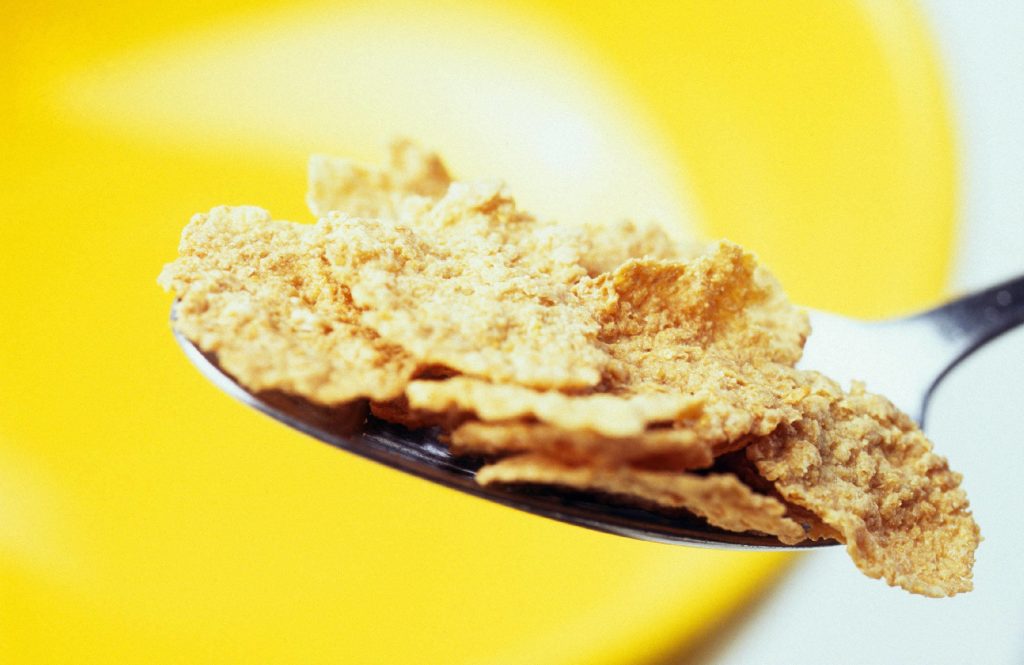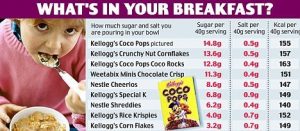
Challenge Your Breakfastations (your breakfast expectations/preconceptions)
These days breakfast appears to be the meal that requires the least time to prepare and the least time to eat. It probably gets given the least amount of thought too. We are time-poor beings and at no stage in the day more so than in the rush to get out of the house in the mornings. Are the breakfast choices we make for ourselves and our families the best choices though?
In this article I shall be encouraging you to think beyond the cereal box, beyond the cellophane wrapped bread and onward and upwards to a wider range of breakfasts. I want to remind us all that there are cultures that have thrived for years and years without any of the kinds of commercial breakfast solutions we have thrust upon us by clever marketers.
When your kids wake up each day and make their way bleary-eyed down to the kitchen what is the first thing they ask or do? Is it “what’s for breakfast?” or do they just help themselves to a bowl of whatever cereal is in the cupboard, or whatever bread is about? If we look at how nutritious cereals and cellophane-wrapped breads are we may be shocked to realise they’re actually rather nutrient-poor. Yes, many have been fortified with various vitamins and minerals but really how nutrient-dense are they when compared to real food alternatives? The bottom line is that breakfast cereals are made from refined grains, often by a process called extrusion. Essentially they’re a highly processed food and they often have many ingredients added to make them palatable and to appeal to children, a captive audience. What’s more they often have as much sugar as you may expect in a dessert. This table from The Daily Mail highlights just how much is in those cereals targeting children, in particular.

What about bread? Well, our modern, supermarket-bought (cellophane wrapped) bread is far from nutritious either. Unfortunately the flour used to make this kind of bread has been stripped of the fibre and the vast majority of the vitamins. It tends to have excessive salt added and often sugar. Many of these kinds of breads will have added soya flour (for volume and softness), treatment agents (for fluffiness), emulsifiers (to improve illusion of freshness), preservatives and enzymes, both of which may cause issues for asthmatics.
So, what could we serve up that is healthier than these non-real-food options? I propose we look to other cultures for some clues. By doing so this can help reset out own expectations about what constitutes a ‘normal’ breakfast too.
In VIETNAM they enjoy something called Pho which is a bone broth with noodles. In MOROCCO they enjoy something called Shakshuka which is a tomato based stew with an egg poached in the middle of it. The Moroccans also enjoy natural yogurt (full fat of course) with nuts and dried fruit. In GERMANY it is not unusual to opt for a savoury mix of dark rye bread with cold meats and cheese. The FINNISH like omega 3 rich fish for breakfast which they may have alongside dark rye breads. They also enjoy a cultured yogurt called Viili. The ICELANDERS (remember how good they are at football!) enjoy thick porridge and then they have a supplement of cod liver oil each morning to ensure they’re getting their required vitamin D.
I am sure there is many more suitable examples from around the world to whet our own appetites for a more wholesome and more nutritious start to the day.
If your starting point as a family is a bowl of Fruit and Fibre with milk, might I suggest some tweaks. Perhaps start with a move towards a bircher muesli or some porridge (soaked overnight to make it quicker to prepare in the morning). Perhaps you could offer natural yogurt and keep a whole load of toppings at the ready to be added to the yogurt at breakfast time? If there’s more time then eggs are a fantastic protein-rich start to the day. However, don’t stop there in challenging preconceptions. Why not eat up yesterday’s left-overs? There may be some soup, some fish or some chicken left over from yesterday’s meal. There is no reason why this couldn’t become breakfast the following morning.
If that all sounds a little far-fetched then let me share these ideas with you. There’s better and best options whatever kind of breakfast takes your (or your family member’s) fancy.
